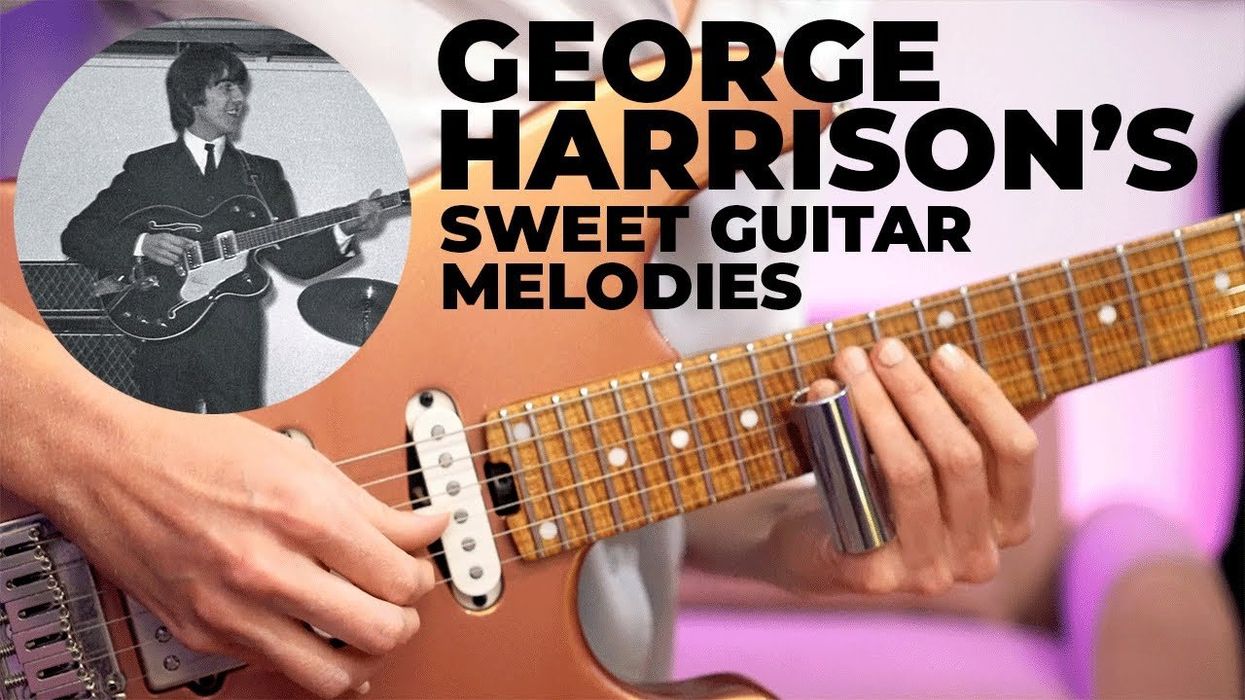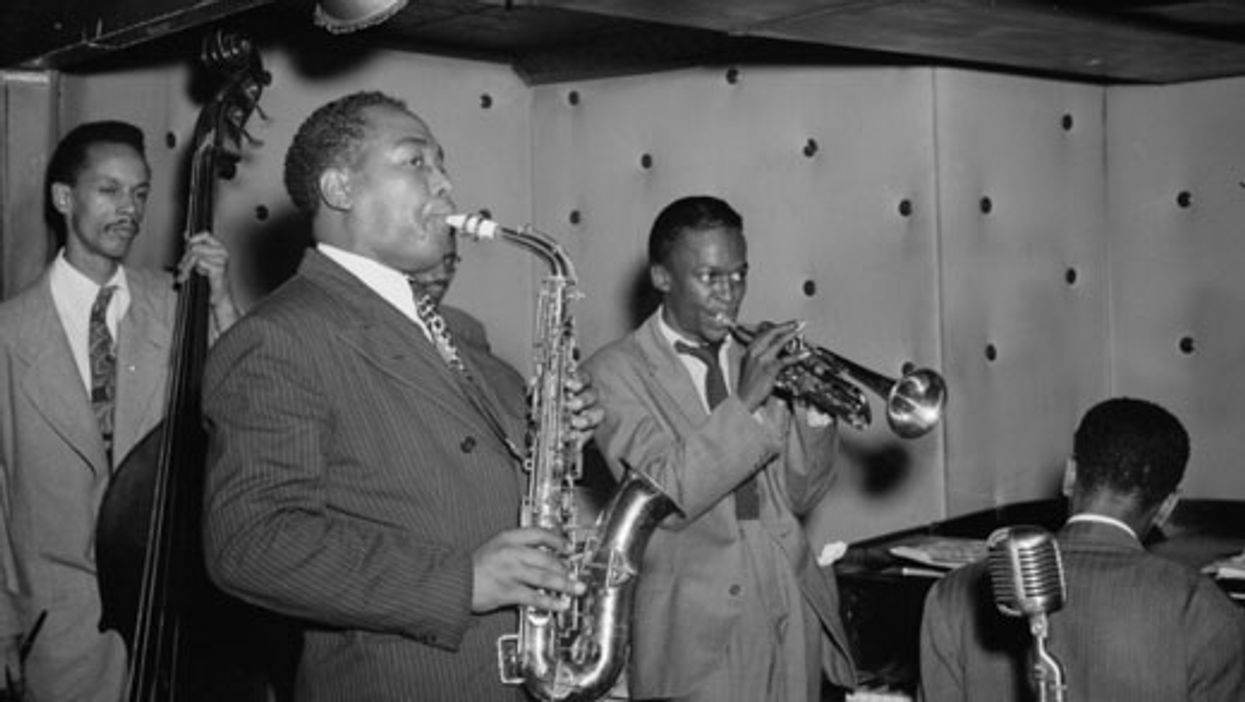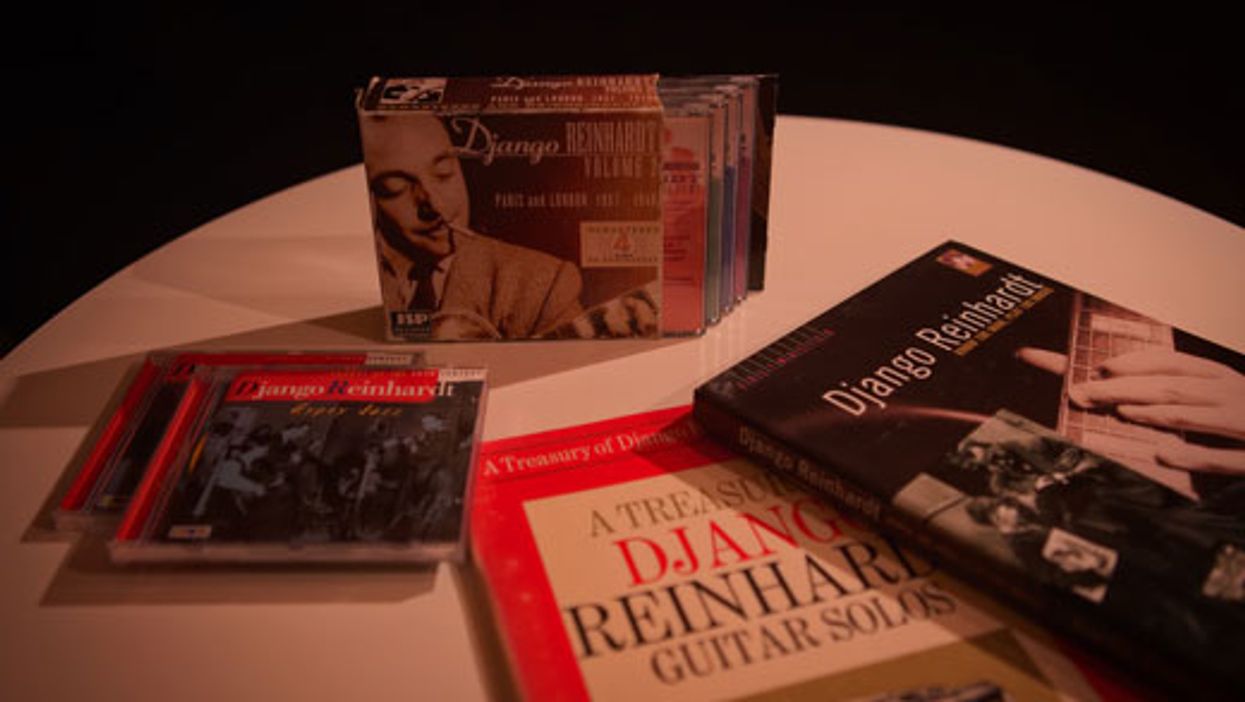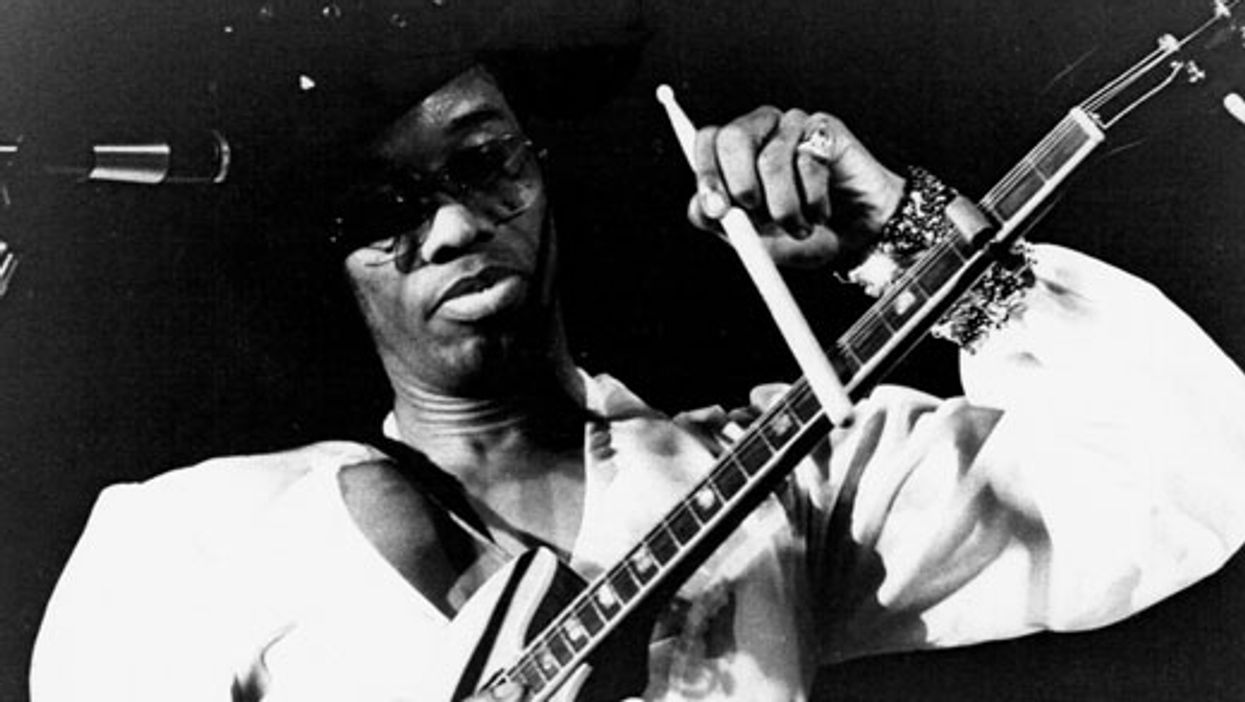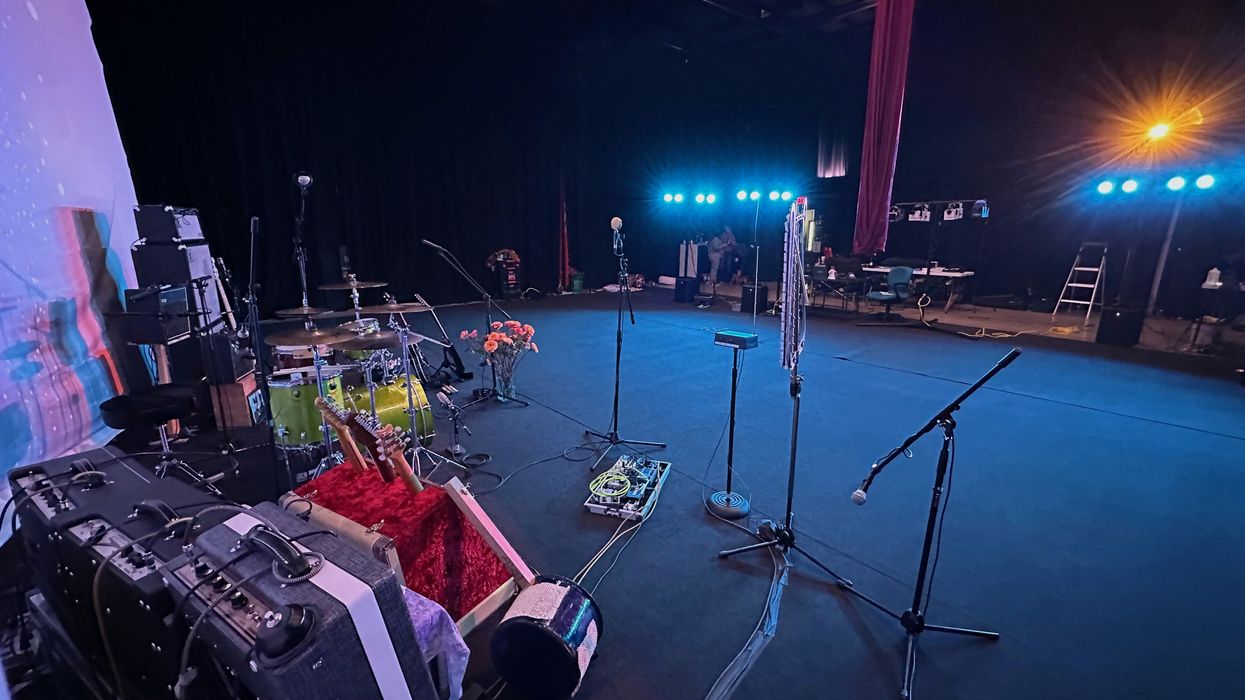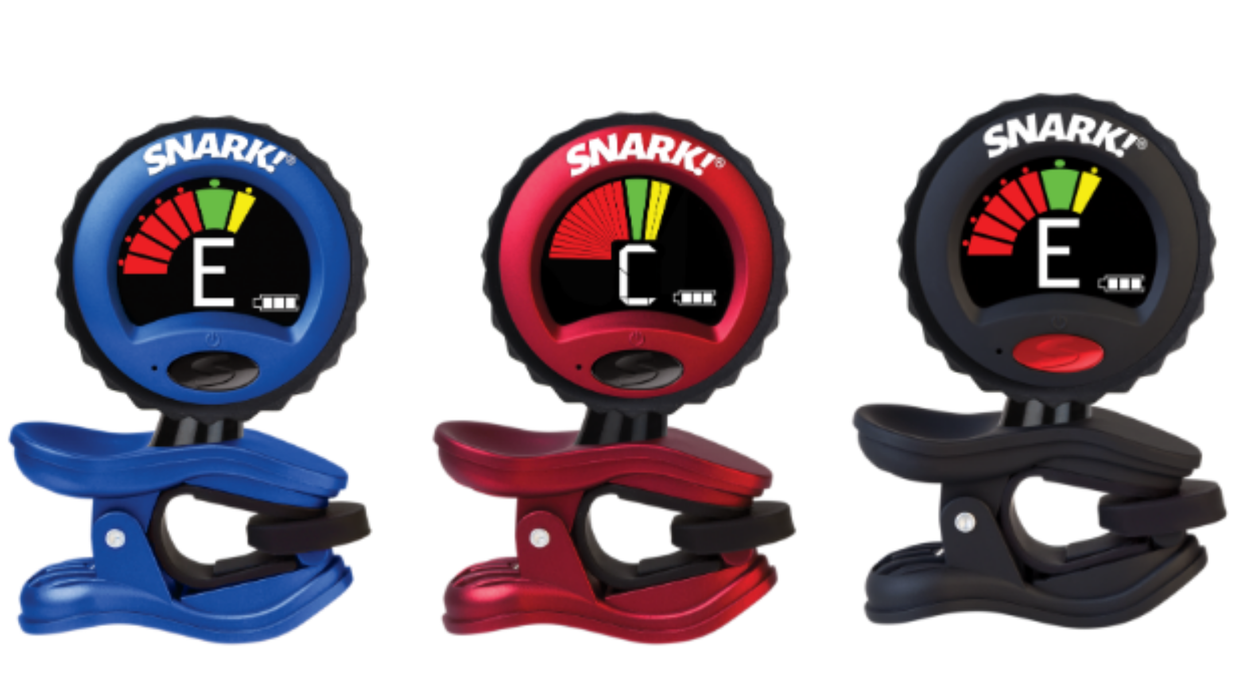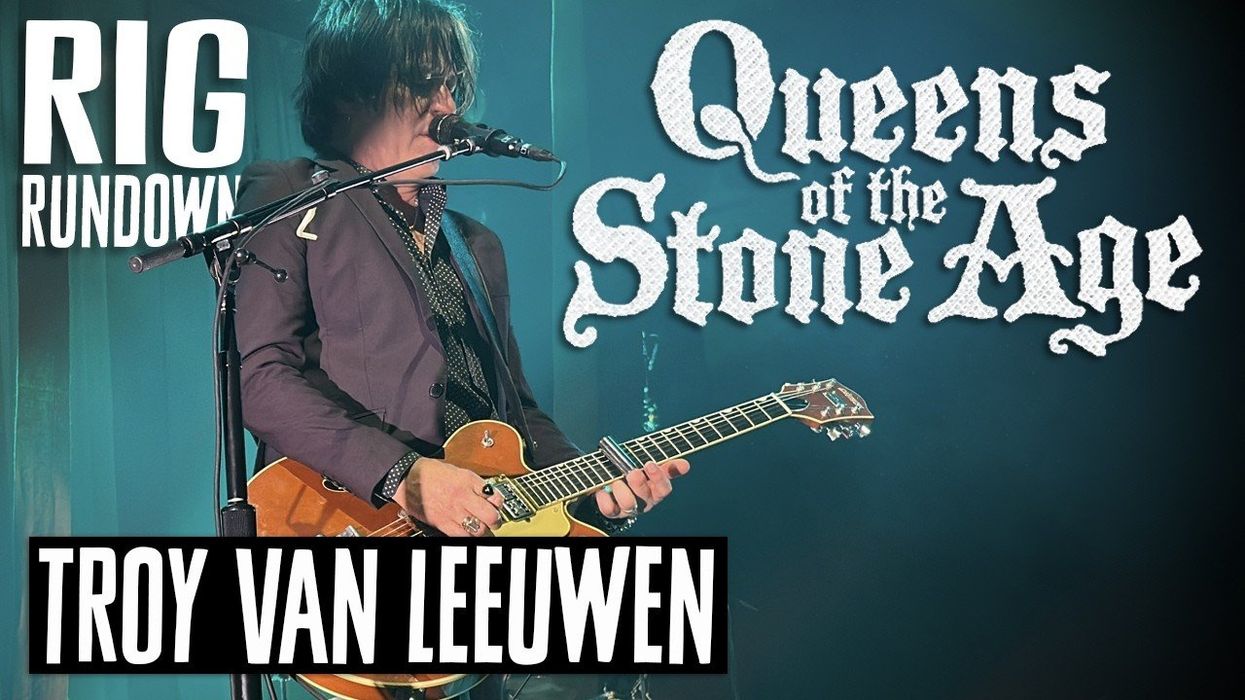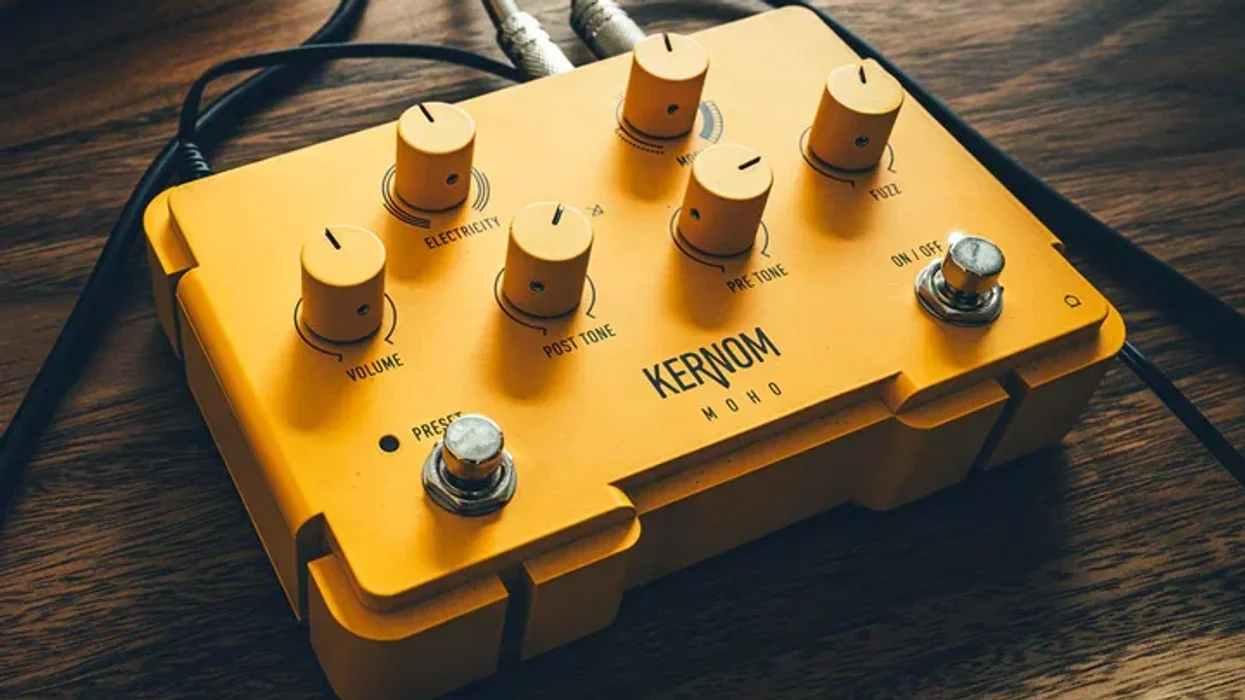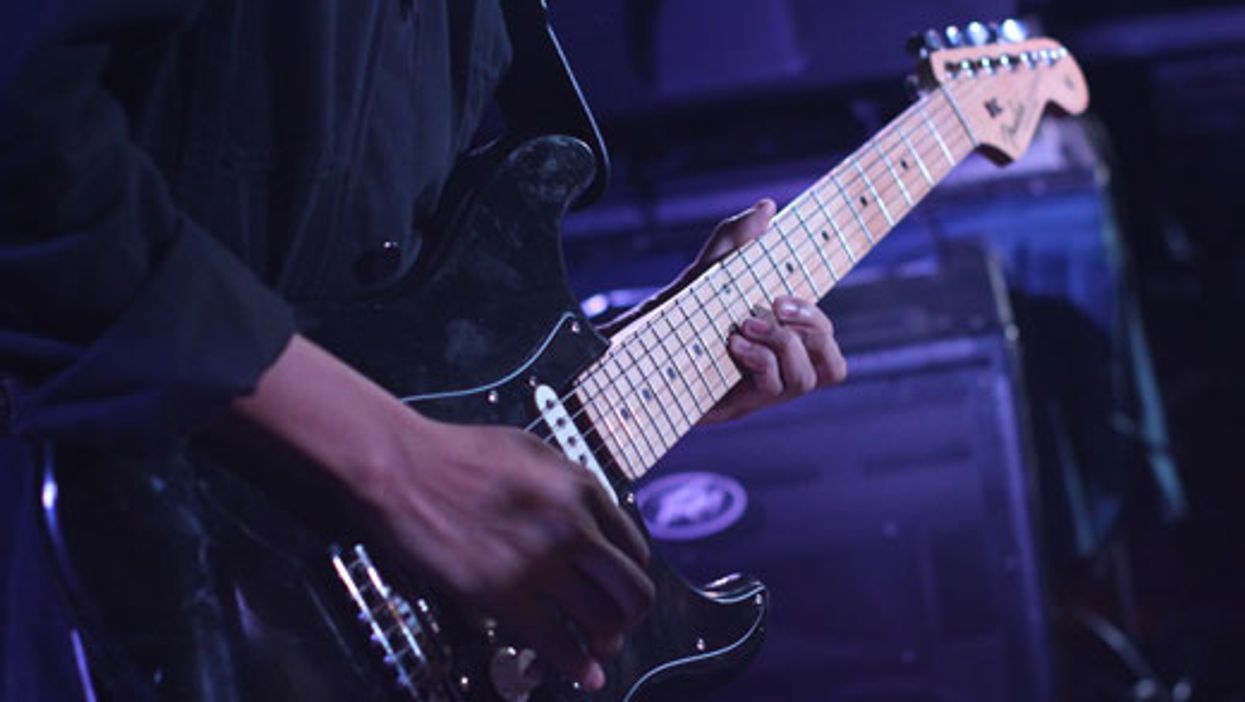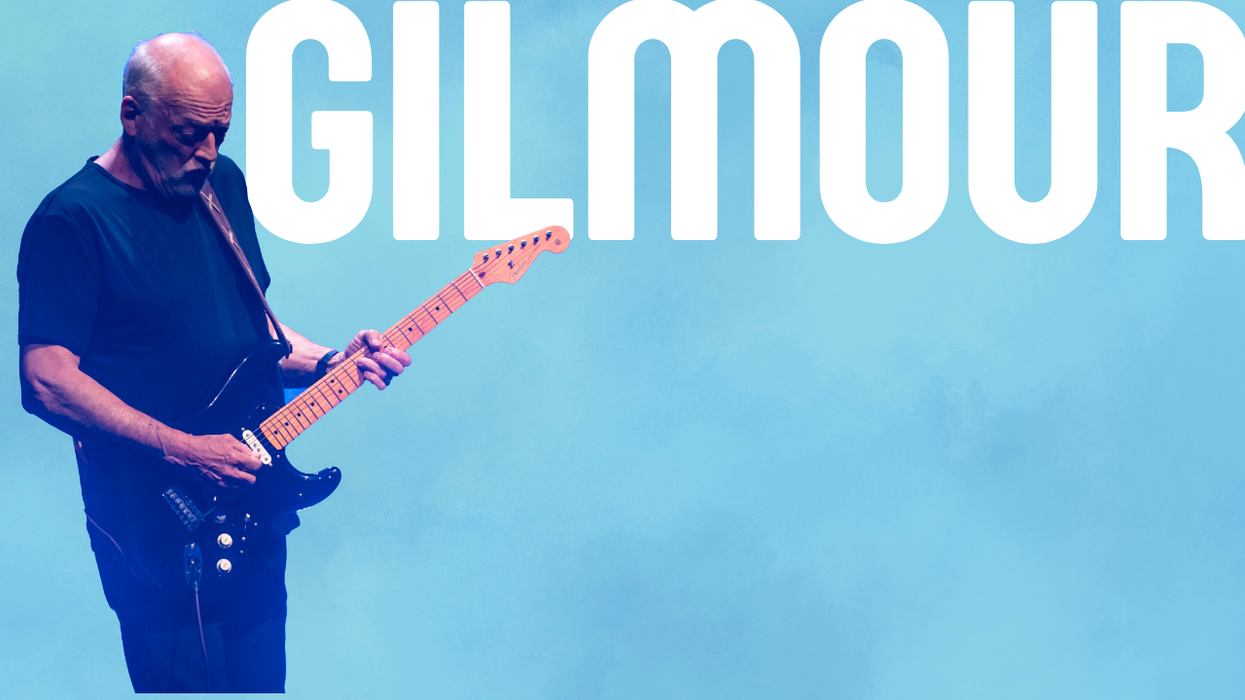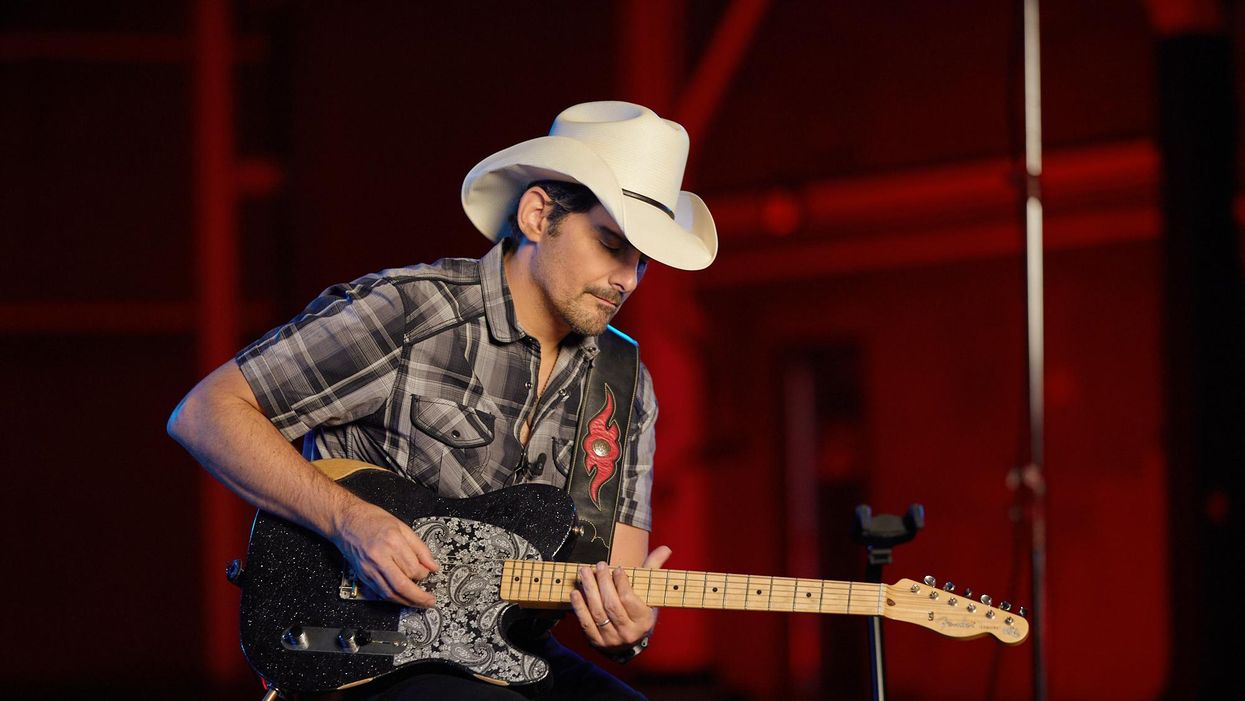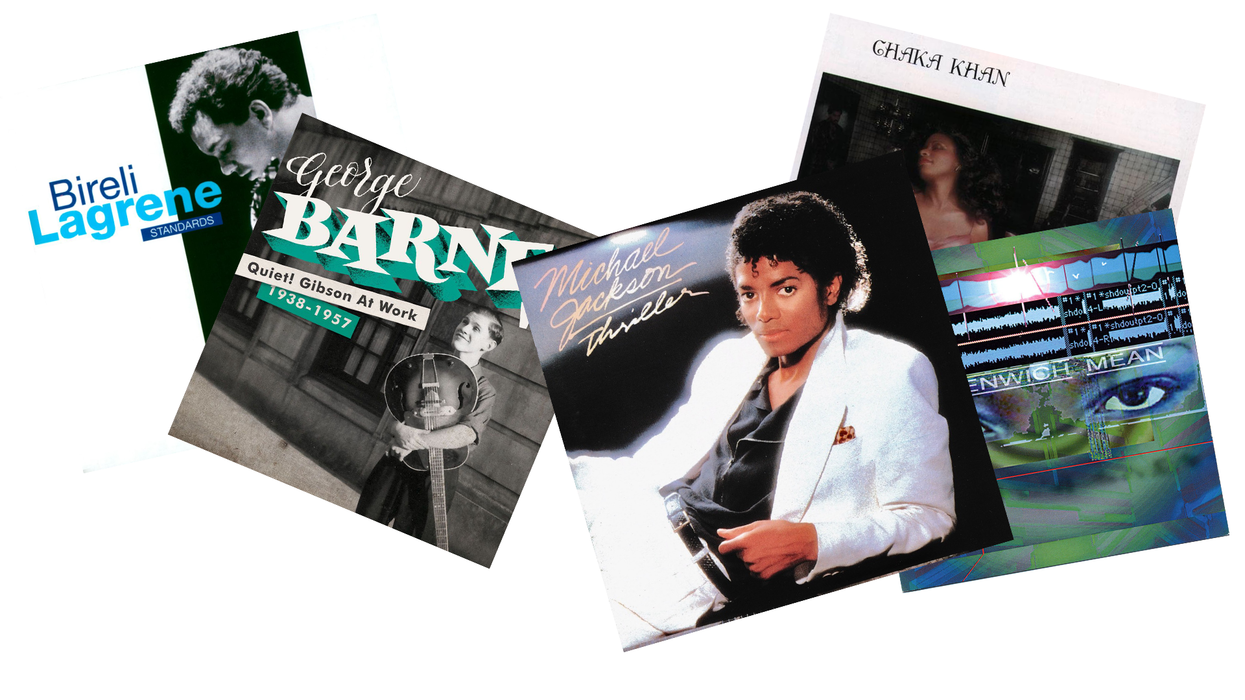Chops: Intermediate
Theory: Intermediate
Lesson Overview:
• Learn the difference between practicing and rehearsing.
• Develop a greater awareness of the vocal melody.
• Understand how to “leave breadcrumbs” in a solo.
Click here to download a printable PDF of this lesson's notation.
I remember a younger version of myself who was just learning the guitar. I recall searching for the holy grail answer to the question, how do you solo? I was certain there was a pinpointed answer that I didn’t have the authorization to receive. It turns out there wasn’t a secret password or handshake. There were no underground meetings in a foggy park at night under a broken street lamp.
There simply isn’t one answer. Just like there isn’t one play in sports or one move in chess. At first, I wasn’t sure if this was comforting or daunting. In time though, it set me free. You don’t have to know every move in the guitar playbook. You just need to pick a handful that suit your style and needs. Sometimes, your needs revolve around a gig. In this lesson, I’m going to explore a few moves I like to use when preparing for a gig.
The general perception of touring is that one has weeks of rehearsal before hitting the road. The truth is, these scenarios are 1 percent of the touring reality. Typically, you get one or two rehearsals before heading out. And often, there are no warm-up gigs. The first show can be the one that counts, and you’re thrown straight into the lion’s den.
People often mix up the words “practice” and “rehearsal.” To some, they appear to be the same thing, but they are quite different. Practice is preparation—something you do on your own time. It’s when we put the whole puzzle together, not just some of the pieces. Rehearsal is when we make sure everything is bonded properly. It’s a performance without an audience.
Sure, the band will stop and talk about the songs and perhaps make some notes. However, those notes should be based on a collective thought or change, not because you haven’t done all your homework. There is research involved in gig preparation—it’s not simply about listening to recorded songs over and over. You need to get as much of a 360-degree perspective on the material as you can.
You also should be able to predict how parts are going to translate in a live setting. Performing live is demanding, and knowing how to arrange for that setting is a skill.
Up Periscope
One of the biggest tips I can offer is to stay out of the way of the vocal. Often on records, there tend to be little melodic parts that sit beneath the vocal. Tread carefully. Parts can be meticulously tucked underneath on a record, but they can sound distracting live.
I’m not saying to leave them out: You simply must know when to subtract rather then add. Listen to the vocal. Is it getting buried? Is your guitar part competing with the vocal melody, either in volume or range?
Vocal Pathway
Often the vocal melody line gives us tips on the notes that will sound good over a progression. There is a tendency to react to a series of changes by playing too much. Try to resist the need to hit every note of every chord. Learning melodies can really help you refine your choices. Let’s listen to the verse of the song “Please Please Please” from my band Fife & Drom to get some ideas on how to navigate a song’s changes.
Ex. 1 is a transcription of my solo over the verse. In the first measure, we’re playing off the 5 (F) of the Bb6—nothing fancy here, but we do lead into the upcoming A7 by lowering the F to E and playing around the C#. The vocal is playing with the tension of the F and E against the chords.
Notice that even though the second half of the third measure is Dm/C#, the vocal stays away from C#. It’s not always important to play every color note in a chord. In the sixth measure the band plays a Db7 chord. This is stepping out of the key of Bb. The melody accentuates this by playing the b7 (Cb), 5 (Ab), and 6 (Bb), and resolves to the 5 of Db7. In my solo, I’m using a simple motif based on Db Lydian (Db–Eb–F–G–Ab–Bb–C).
Click here for Ex. 1
Headcase
Sometimes, I find it effective to sing a solo without holding my guitar. Don’t let your eyes or hands do the talking. Your conscious mind will always over-complicate things. Your ego will often step in and try to be the leader.
When you sing, your subconscious has more authority. You’ll notice your ideas will be much more melodic and naturally phrased. Tip: Use an app on your phone to record yourself singing ideas. Don’t worry if you’re not the greatest singer. This is only a reference for you.
Taste Tester
If the solo is going to be more open-ended, I may choose to get more improvisational, like an artist mixes paints to form new colors. In the audio example below, you can hear me talk through and demonstrate this approach.
In this case, I set up a looper to cycle on a chord. While the single chord is looping, I will play notes against the chord and decide if I like them. The trick is not to blast through the notes like a shredding solo. We’re talking whole-notes at a slow tempo. Take time to really hear what each note sounds like against the chord.
Tip: Don’t confine yourself to boxes or modes you know already. Ascend the chromatic scale and take notes identifying each note you like or dislike as it rings out against the chord.
Now, it’s time to combine the flavors I liked for each chord into an improvisation over the progression. In the audio below, you can hear how I used the note-by-note method to create a more melodic and cohesive solo.
One could get deep about dissecting the names of the modes I used over these chords. But that’s not necessary, if you “hear” the notes that sound good to you. Labeling is a post-event process.
Breadcrumb Trail
For the song “Who You Think You’re Foolin’?” I don’t play the exact solo from the record live. It’s mostly an improvised solo over a Dm vamp. I did leave a breadcrumb trail for myself to get things started.
What is a musical breadcrumb trail? It can be a small phrase or note you’ll place anywhere in a solo to use as a guide and compass. For example, sometimes I may start a solo the same way, but then deviate as it progresses. Other times, I may have a destination somewhere in the middle of the solo. This will be a note or phrase I know works well over the progression, and I’ll use it to help me get back home.
For the “Who You Think You’re Foolin’?” solo in Ex. 2, I always start it the same way. The first four measures are composed. It’s like showing up to a party with a bottle of wine. It shows that you care, until you find the liquor cabinet and start pouring yourself some of their 18-year-old Scotch.
At measure eight, there’s a phrase I play consistently because it leads us into the next phase of the solo, after which we see more improvisation. The last bit of breadcrumbs come in on measure 13. I use this phrase built around the F# to lead into the final horizon of the solo. I’m not composing a full solo, per se—I’m simply setting some guidelines.
The breadcrumb method is great because you’re not flying completely blind. There is some predictability, but you’re not limited to the confines of a composed solo.
Click here for Ex. 2
As you can tell, there are many ways to explore soloing. It’s likely I will experiment with multiple approaches for a song before I settle on a plan. Spending this extra time in the practice room and not the rehearsal room will really elevate your playing.


